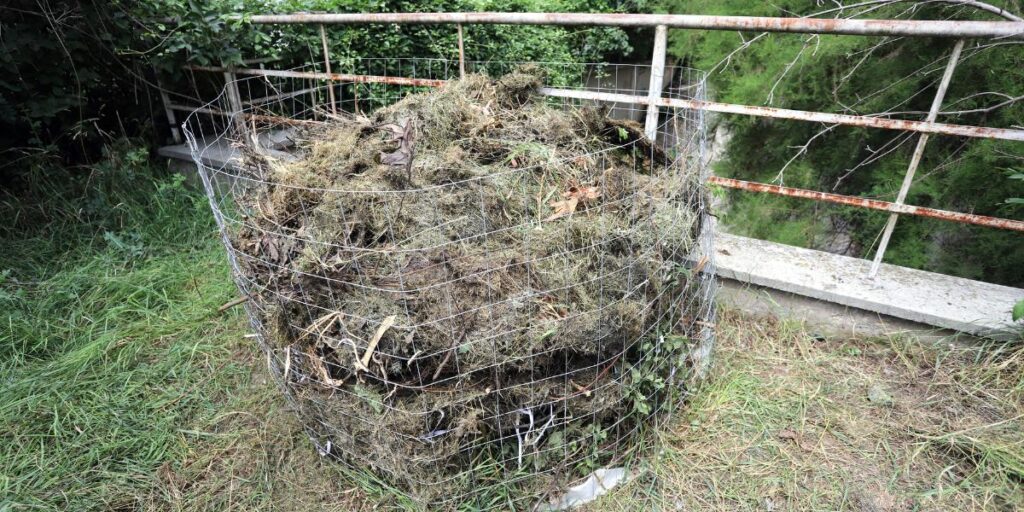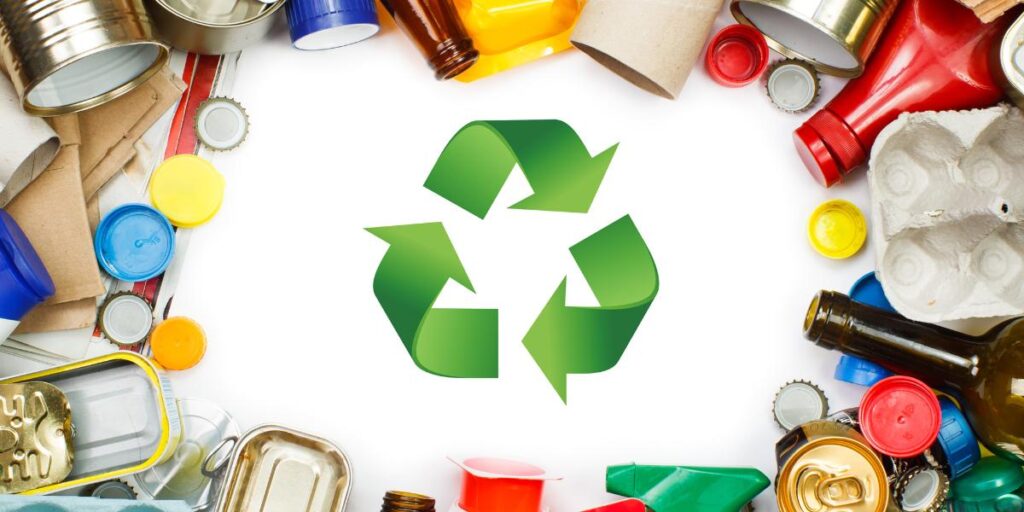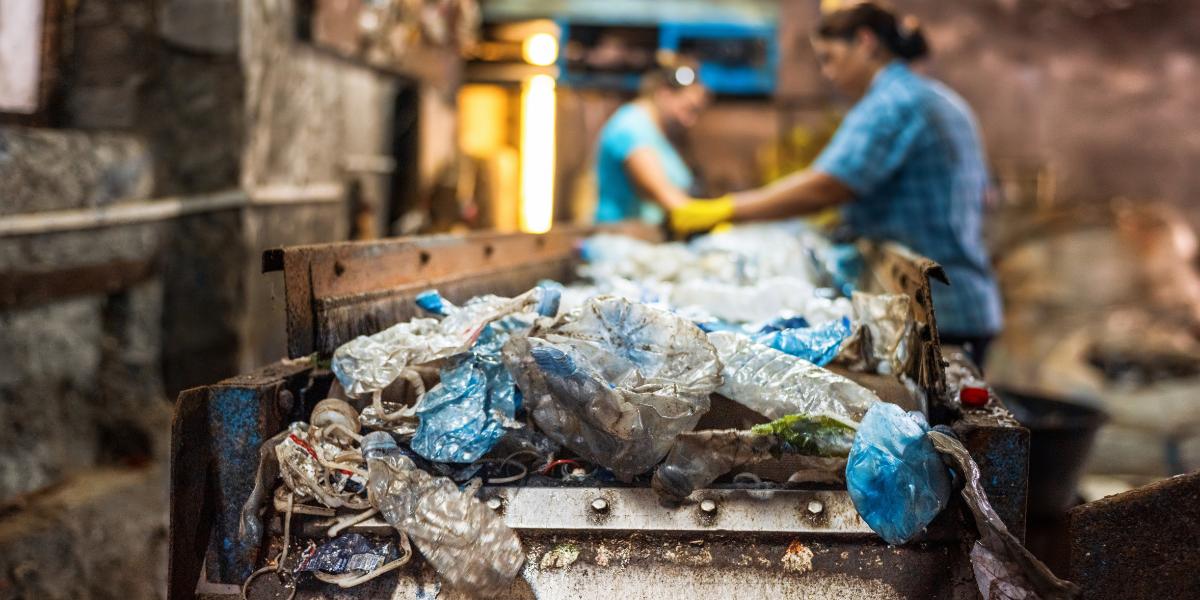Industrial waste production is one of the biggest environmental challenges faced by manufacturers today.
However, reducing waste is not only beneficial for the environment but also critical for enhancing operational efficiency and reducing costs.
By implementing smart strategies across the entire manufacturing cycle, companies can significantly cut down on waste, conserve resources, and boost their bottom line.
Here’s how manufacturers can reduce industrial waste through various processes:
Adopt Lean Manufacturing Principles
Lean manufacturing principles are designed to maximize value by reducing waste and inefficiencies. Implementing these strategies can revolutionize how manufacturers operate:
⦁ Just-in-time (JIT) production: Excessive production often results in surplus inventory, which can become outdated or damaged as time passes. Just-in-time (JIT) helps mitigate this risk by synchronizing production with real demand, reducing the likelihood of resource wastage.
⦁ 5S methodology: This focuses on organizing the workplace (Sort, Set in Order, Shine, Standardize, and Sustain) to ensure that tools and materials are only used when necessary, reducing unnecessary resource usage and waste.
⦁ Value stream mapping (VSM): This is a tool to visually map out all the processes involved in production and highlight areas where waste is generated. This could be in the form of waiting time, excess motion, or excess inventory. By identifying these areas, manufacturers can target specific points in the production line for improvement.

Use Sustainable and Renewable Materials
Shifting toward sustainable materials not only reduces waste but also lowers the environmental footprint of manufacturing. This includes:
⦁ Renewable feedstocks: Use raw materials derived from renewable sources, such as plant-based polymers or bio-based alternatives to traditional petroleum-based materials. This shift helps reduce the reliance on finite resources.
⦁ Closed-loop recycling systems: Some materials, like metals and certain plastics, can be recycled indefinitely without significant degradation. Companies can use closed-loop systems where the waste material is reintroduced into the production process.
⦁ Compostable and biodegradable alternatives: Where recycling isn’t feasible, switching to materials that naturally decompose reduces the impact on landfills.
For example, compostable packaging materials that break down under industrial composting conditions can replace single-use plastic packaging.
Companies can also consider dumpster rental options in Arlington for disposing of non-recyclable materials.

Optimize Resource Utilization and Efficiency
Maximizing the use of raw materials, energy, and water leads to less waste and lower operating costs. Some approaches include:
⦁ Material flow analysis: This involves tracking the movement of materials through the production process to identify inefficiencies and areas where losses occur. Manufacturers can minimize waste by adjusting operations to ensure more efficient use of raw materials.
⦁ Advanced process controls: Automated systems with advanced sensors can monitor and control machinery settings to optimize energy consumption, material input, and product output. This reduces excess resource use and product defects that contribute to waste.
⦁ Water reuse and recycling: Water-intensive industries, such as textiles and food processing, can implement closed-loop water systems where water is treated and reused within the manufacturing process, reducing both freshwater consumption and wastewater generation.
Waste Segregation and Recycling Initiatives
Proper segregation of waste materials at the source can prevent contamination and increase recycling opportunities:
⦁ On-site recycling systems: Many manufacturers are implementing on-site recycling facilities where they can immediately repurpose scrap materials into new products or raw materials. For example, in the metal industry, steel scrap can be melted and reused in new batches, drastically reducing waste.
⦁ Zero waste to landfill programs: Companies are setting ambitious goals to eliminate all waste sent to landfills by either recycling, repurposing, or converting waste into energy. These programs also involve improving the purity of recyclable materials by avoiding cross-contamination during segregation.
⦁ Upcycling industrial waste: Some waste products, such as offcuts or byproducts, can be creatively repurposed or upcycled into other products. For instance, sawdust from woodworking can be compressed into particleboard or used as fuel.
For instance, partnering with local dumpster rental services in North Richland Hills can simplify the segregation process.

Design for Circular Economy and Product Lifecycle Thinking
The circular economy is a transformative model that emphasizes reducing waste by keeping products and materials in use for as long as possible.
By rethinking the design and end-of-life stage of products, manufacturers can significantly cut down waste:
⦁ Modular product design: Products designed with interchangeable components are easier to repair and upgrade, which extends their lifespan and reduces waste from discarding entire units. This also opens the door for remanufacturing, where parts of a used product are repurposed in the creation of new products.
⦁ Material passports: These contain detailed information about the materials used in a product, making it easier to disassemble and recycle at the end of its life. This encourages manufacturers to choose materials that are easily recyclable or reusable.
⦁ End-of-life collection programs: Manufacturers can offer take-back programs for products that have reached the end of their lifecycle. These products are then either refurbished or recycled into new products, reducing waste and conserving raw materials.

Leverage Automation, AI, and Data Analytics
The application of automation and artificial intelligence (AI) in manufacturing is revolutionizing waste management and production efficiency.
Through advanced analytics, manufacturers can predict, prevent, and mitigate waste production:
⦁ Real-time monitoring and AI-driven insights: Sensors installed on machines can provide real-time data on material usage, machine performance, and waste output. AI systems can analyze this data to predict malfunctions, defects, or inefficiencies in the production process, allowing manufacturers to take corrective action before waste occurs.
⦁ Predictive maintenance: Automated systems can notify operators when equipment is operating inefficiently or needs maintenance, reducing waste caused by machine breakdowns or poor performance. This minimizes product defects and scrap materials.
⦁ Digital twins: These virtual replicas of the physical production process allow manufacturers to simulate different scenarios and optimize processes without the risk of generating actual waste during testing.
Employee Training and Culture Building
The human element in manufacturing cannot be overlooked. Building a waste-conscious culture within the workforce ensures long-term success in waste reduction initiatives:
⦁ Engaging workers in waste reduction goals: Provide training programs that emphasize efficient material handling, recycling protocols, and sustainable practices. Workers should be incentivized to actively participate in waste-reduction initiatives, and successes should be celebrated.
⦁ Cross-functional waste reduction teams: Empower employees to form teams dedicated to identifying waste-reduction opportunities in their respective departments. By involving all levels of the workforce, from machine operators to managers, manufacturers can develop practical solutions tailored to specific operational needs.
Incorporating dumpster rental solutions can help reinforce proper disposal practices among employees.
Partnerships and Supply Chain Collaboration
Manufacturers must collaborate across their supply chains to further reduce waste, particularly as the production process often involves multiple stages and partners:
⦁ Green procurement: Sourcing raw materials from suppliers who adhere to sustainable practices helps reduce the overall environmental impact of manufacturing. This can include selecting suppliers with low-waste operations or those who use renewable energy in production.
⦁ Packaging innovation: Work with suppliers to develop innovative, minimalistic packaging designs that reduce material waste. This can involve lighter packaging, reusable containers, or eliminating unnecessary layers.
⦁ Shared logistics for waste materials: Partnering with other manufacturers in the same region for shared waste collection and recycling services can reduce transportation costs and improve recycling rates.
FAQs
What is industrial waste, and why is it important to reduce it?
Industrial waste refers to the unwanted or unusable materials produced during manufacturing processes.
Reducing industrial waste is crucial for environmental sustainability, as it helps minimize pollution, conserve natural resources, and reduce landfill use.
It also enhances operational efficiency and can lead to significant cost savings for manufacturers.
What are some common types of industrial waste?
Common types of industrial waste include hazardous waste (chemicals, heavy metals), non-hazardous waste (scrap materials, packaging), wastewater, and emissions. Understanding these categories is essential for effective waste management and reduction strategies.
How can lean manufacturing principles help reduce waste?
Lean manufacturing focuses on minimizing waste while maximizing value.
By identifying and eliminating inefficiencies in the production process—such as overproduction, excess inventory, and unnecessary motion—lean principles streamline operations, ultimately leading to less waste generation.
What role do key performance indicators (KPIs) play in waste reduction?
KPIs are essential metrics that help manufacturers track their waste reduction efforts.
By setting specific KPIs related to waste generation, recycling rates, and energy consumption, companies can establish clear targets, measure their progress, and identify areas for improvement.
What is a lifecycle assessment (LCA), and how does it aid waste reduction?
A lifecycle assessment evaluates the environmental impact of a product from raw material extraction to disposal.
By analyzing each stage of a product’s life, manufacturers can identify where waste is generated and implement strategies to minimize it, leading to more sustainable practices.
How can employee training contribute to reducing industrial waste?
Investing in employee training on waste reduction practices fosters a culture of sustainability within the workforce.
Educating employees about efficient material handling, recycling protocols, and the importance of minimizing waste empowers them to actively contribute to the company’s waste reduction goals.
What are some effective waste segregation practices?
Effective waste segregation involves categorizing waste at the source to improve recycling rates and prevent contamination. Manufacturers should establish clear guidelines for separating hazardous from non-hazardous waste, and recyclable from non-recyclable materials, and provide appropriate bins and signage to facilitate this process.
Conclusion
Reducing industrial waste in manufacturing is no small feat—it’s a multi-dimensional challenge that calls for both operational finesse and strategic vision.
Whether it’s adopting lean manufacturing practices, optimizing resource usage, designing for circularity, or fostering a culture of sustainability among employees, manufacturers have numerous avenues to make a significant impact.
By consistently tracking progress, setting clear goals, and encouraging collaboration throughout the supply chain, manufacturers can not only minimize waste and lower costs but also establish themselves as pioneers in a resource-efficient, sustainable future.
To enhance your waste management strategies, consider exploring dumpster rental options in Saginaw and improving your operational efficiency.
